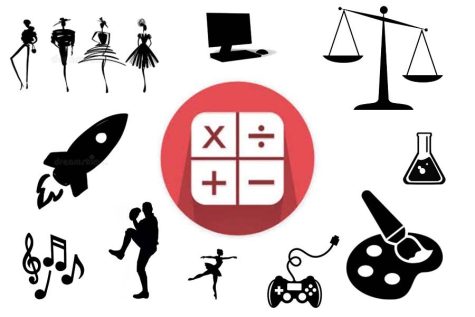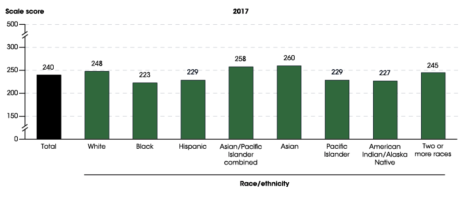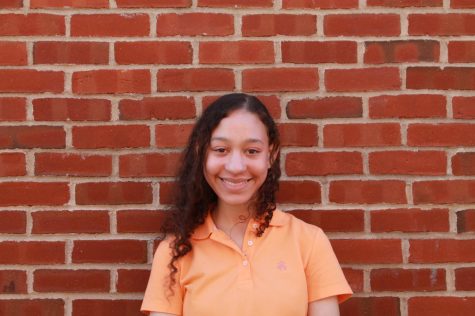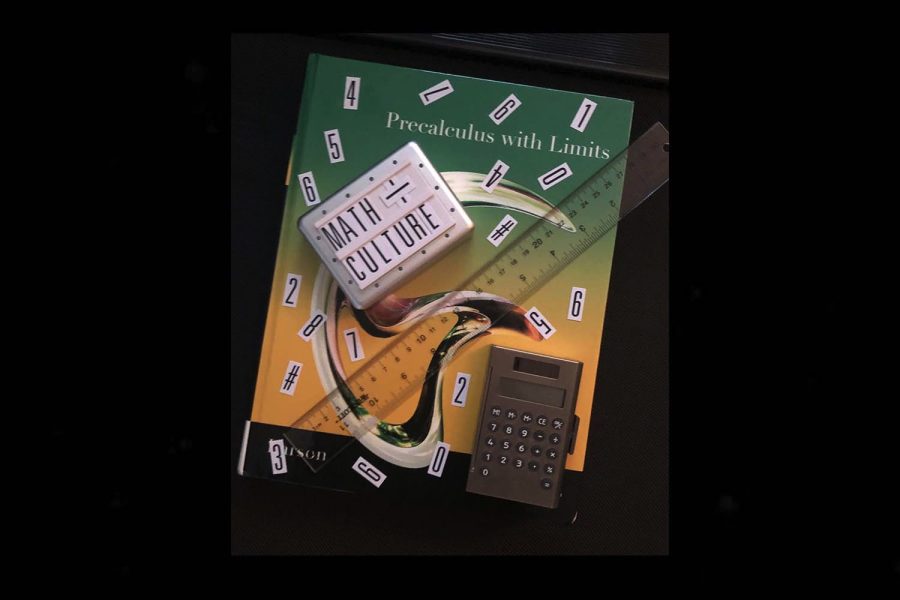The value of math in diversifying educational institutions
Schools must add cultural connections to further the accessibility of mathematics curricula.
Educators need to take steps to bridge the racial achievement gap in mathematics. Diversifying math is not a change to the discipline itself, but a necessary advancement to its instruction. Although many view math as a subject that some students can understand and others cannot, it is teachable if the approach is personalized to the audience.

Dr. Bryan Brown’s Science in the City: Culturally Relevant STEM Education (2019) discusses the need to examine science through a cultural lens. When teaching the biological concept of osmosis, Dr. Brown uses the example of a student who learned to marinate carne asada, a traditional Mexican dish, from their grandmother. Explaining osmosis through something familiar to students helps them better understand the concept and maintain an interest in the subject. These connections also bring the student’s culture into the classroom and makes them feel valued.
Dr. Brown emphasizes the application of culture in teaching. He asserts that just as science must be culturally relevant to students, the same goes for math. As a whole, the United States (US) is a nation that dislikes math, according to The New York Times. This distaste for math is the same as a dislike for reading among students. When they do not see characters who mirror their family, culture, language, and lifestyle, they lose interest in the subject. Math projects can serve as a connection to the real world in which students uncover mathematical applications to sports, music, rockets, clothes, stained glass, and more. Just as it is essential for students to see themselves in math problems, it is pertinent that they see themselves in mathematical history. Math classes should share stories of relevant mathematicians across genders, cultures, and languages.
The California Department of Education wrote a framework for reforming math curricula in schools. The proposal explores the idea of social justice in the classroom. Recommendations include the application of math concepts to immigration and inequality and the upheaval of gender stereotypes. This draft generated controversy and officials plan to revise the outline before presenting it to the public for a second time, according to The New York Times. Educators and parents criticize the plan for disrupting traditional curricula. Even parents who dislike math as a school subject prefer the current math system in which students learn the rules and formulas without additional lessons about social justice.
School boards and departments of education across the US have already made changes to other subjects, incorporating social justice into English, history, and foreign language classes. Some hope to retain a sort of “normalcy” in math. Although it is beneficial to incorporate social justice into the aforementioned disciplines, educators need to examine all aspects of school curricula for bias to make a lasting change.

Math is meant to be clear-cut, according to The New York Times. Due to its structure and rules, many view math as impossible to change. Some Californians regard the proposed framework for math as a complete upheaval of academic standards, according to The New York Times.
The National Assessment of Educational Progress (NAEP) administers mathematics assessments in fourth, eighth, and twelfth grade. In 2017, white students scored 25 points higher than Black students and 19 points higher than Hispanic students in fourth grade, according to nces.ed.gov. Asian students scored 37 points higher than Black students and 31 points higher than Hispanic students. These statistics call attention to the need for increased cultural diversity in mathematical instruction. In a changing world, math class cannot be the constant. For a student to have overall academic success, all subjects must be accessible to them. Diversifying mathematics is essential to making the subject understandable.
Accessibility is not simply offering a math class to every student. Accessibility is centered around representation and whether students see themselves in their schoolwork. Without adequate representation, students begin to lose hope for a future that includes them. Some students will decide to be the first in their desired career fields, the one that others will look up to, while many will regard the path ahead as futile and isolating. They need to see themselves to believe. Half-attempted diversification is no better than leaving the pre-existing curriculum. Without change, students will continue to view themselves as absent from certain fields.
Fixing a single aspect of the curriculum will not bridge the racial divide and will only serve to isolate minorities from certain careers. Predominantly white math teachers, generic English names in math problems, and generic foods used in examples, create an ideal mathematician that children subconsciously compare to themselves. Students need diverse teachers and content throughout their educational journeys.
Featured Image by Gabrielle Wheeler ’23

In Gabrielle’s third year on the staff of the King Street Chronicle, she is delighted to return as Head Content and Graphics Editor. Gabrielle is eager...



Linda Vasu • Jan 7, 2022 at 7:46 pm
This is a great topic for us all to think about, and a beautifully crafted piece. Thank you!